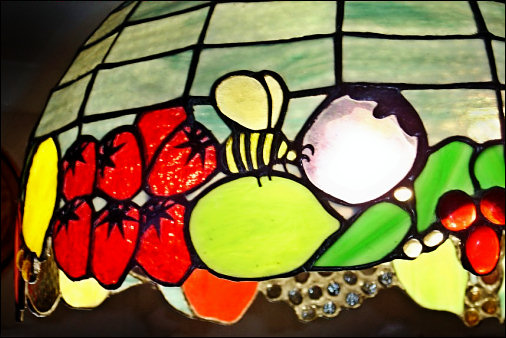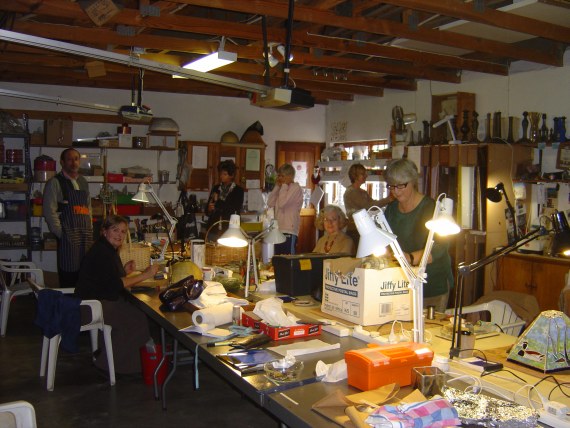A Glimpse Through Time: The Rich History of Stained Glass
Stained glass windows have adorned the world’s most iconic buildings for centuries, captivating audiences with their ethereal beauty and intricate designs. These colorful marvels have a history as rich and diverse as the hues they portray, weaving through cultures, religions, and artistic movements. Let’s embark on a journey through time to unravel the fascinating story behind stained glass.
Ancient Origins
The roots of stained glass stretch back to ancient times, where early artisans experimented with colored glass in Mesopotamia, Egypt, and Rome. The earliest known examples date back to the 3rd millennium BCE, where small glass objects were crafted for decorative and ritualistic purposes. However, it was the Romans who elevated the art form by incorporating colored glass into windows, albeit on a much smaller scale than the grand cathedral windows we’re familiar with today.

Medieval Splendor
It was during the Middle Ages that stained glass truly flourished, becoming synonymous with the majestic cathedrals of Europe. These towering structures served as both places of worship and testaments to artistic ingenuity. Stained glass windows played a crucial role in conveying biblical stories and religious teachings to the masses, many of whom were illiterate. Craftsmen painstakingly pieced together vibrant panels, using a combination of colored glass and lead strips, to create stunning visual narratives that illuminated the interiors with divine light.
One of the most famous examples of medieval stained glass is found in the Gothic cathedrals of France, such as Chartres, Notre-Dame de Paris, and Sainte-Chapelle. These masterpieces of craftsmanship are renowned for their intricate designs, radiant colors, and symbolic motifs, which continue to inspire awe and wonder to this day.
Renaissance Revival
The Renaissance saw a resurgence of interest in classical art and architecture, ushering in a new era of innovation in stained glass. Artists like Albrecht Dürer and Hans Holbein the Younger experimented with new techniques, infusing their works with greater realism and depth. The use of enamel paints allowed for finer details and a wider range of colors, leading to even more stunning compositions.
During this time, stained glass also became popular in secular settings, adorning the windows of palaces, mansions, and public buildings across Europe. Elaborate heraldic designs, pastoral scenes, and mythological allegories became fashionable motifs, reflecting the tastes and aspirations of the Renaissance elite.

Victorian Splendor and Beyond
The Industrial Revolution brought about significant changes in the production of stained glass, making it more accessible to a wider audience. Mass-produced glass and improved manufacturing techniques enabled craftsmen to create larger windows with greater efficiency. The Victorian era, in particular, witnessed a proliferation of stained glass installations in churches, public buildings, and private homes, as the demand for ornamental glass soared.
Art Nouveau and Art Deco movements of the late 19th and early 20th centuries brought fresh perspectives to stained glass design, embracing organic forms, geometric patterns, and bold colors. Artists like Louis Comfort Tiffany and René Lalique pushed the boundaries of the medium, experimenting with innovative materials and techniques to create breathtaking works of art.
Contemporary Innovations
In the modern era, stained glass continues to evolve as artists explore new forms of expression and push the boundaries of traditional techniques. From abstract installations to avant-garde compositions, contemporary stained glass reflects the diversity and dynamism of the art world today. Innovations in glassmaking technology, such as fused glass and digital printing, have opened up new possibilities for artists to create intricate designs with unprecedented precision and complexity.
Conclusion
From its humble beginnings in ancient civilizations to its enduring legacy in the digital age, stained glass remains a timeless testament to human creativity and ingenuity. Across cultures and centuries, it has transcended its utilitarian function to become a powerful symbol of beauty, spirituality, and cultural heritage. As we gaze upon the kaleidoscopic hues of a stained glass window, we are reminded of the enduring power of art to inspire, uplift, and unite us across time and space.

- Glass Escapes Exhibition Valentines Weekend
- Embarking on a Journey of Creativity: A Beginner’s Guide to Glass Art
